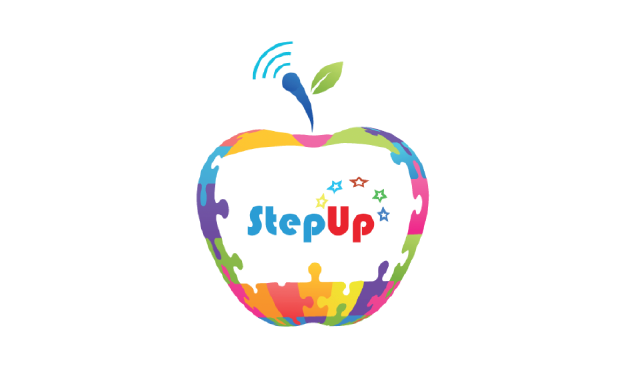Get Full Access to Lumos StepUp - PARCC Online Practice and Assessments - Grade 7 English Language and Arts
Currently, you have limited access to Lumos StepUp - PARCC Online Practice and Assessments - Grade 7 English Language and Arts. The Full Program includes,
Buy Practice Resources
 Online Program
Online Program
PASSAGE A:
When I was in the fourth grade, no one liked me because my brother was arrested and that made everyone think that I might do something illegal too. It hurt my feelings to have to sit through school every day and not talk to anyone. When it was time to work in groups, I would have to sit with a group of kids that I knew hated me. Sometimes they would say something mean or move a chair away when it looked like I might sit with them. It was worse during lunch and on the bus when kids would yell things about my brother and ask me if I visited him in prison. After awhile, I didn’t want to go to school anymore, and I pretended to be sick every day, so I could stay home. Telling my parents and my teachers didn’t change anything. After a while, my parents decided to let me change schools. The first year at my new school was bad because I didn’t know anyone and was afraid to talk to people because of everything that happened at the old school. After a while, I made a few friends, and I started to feel better about talking to people. Now I have a few friends, and I don’t feel like people are bullying me anymore.
PASSAGE B:
According to Dr. Norman Anderson, CEO of the American Psychological Association, bullying is any kind of aggressive behavior in which someone intentionally tries to harm or cause discomfort to another person. Bullying can be in the form of physical contact but is just as frequently demonstrated in cruel remarks, intentional exclusion of the victim, or in recent years, cyber bullying, in which the aggressor lashes out to the victim via email, social networking, or text messaging.
There is no single, identifiable cause of bullying. Bullying often occurs as a result of influences from peer groups, family groups, community, or even the media. It is, therefore, important to engage all of these groups if any anti-bullying effort is to be successful.
For many years, the primary means employed by schools to deal with student to student bullying has been to punish the aggressor. Research has shown that disciplinary consequences alone will not significantly curb bullying in academic settings. Faculty and administrators must be trained to identify early warning signs that students are either bullies or being bullied, and onlookers, students who are not bullies themselves, but do nothing to inhibit bullying they witness, must be empowered with interpersonal skills training to help them intervene when they witness bullying within their peer groups.
What information from Passage B best explains this line from Passage A:
Telling my parents and my teachers didn’t change anything.

